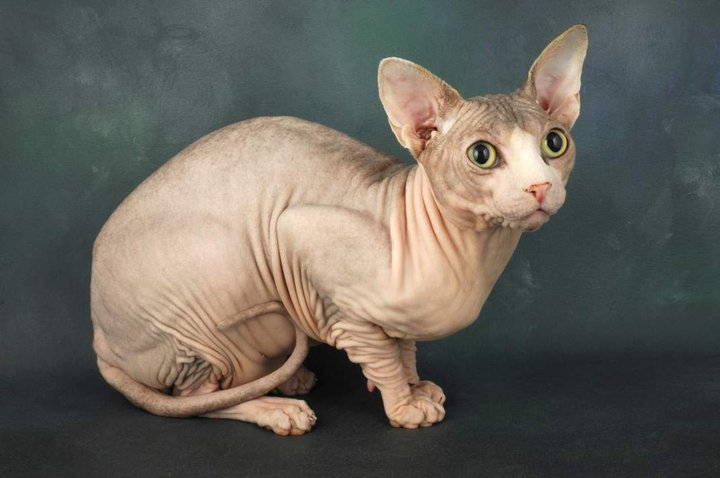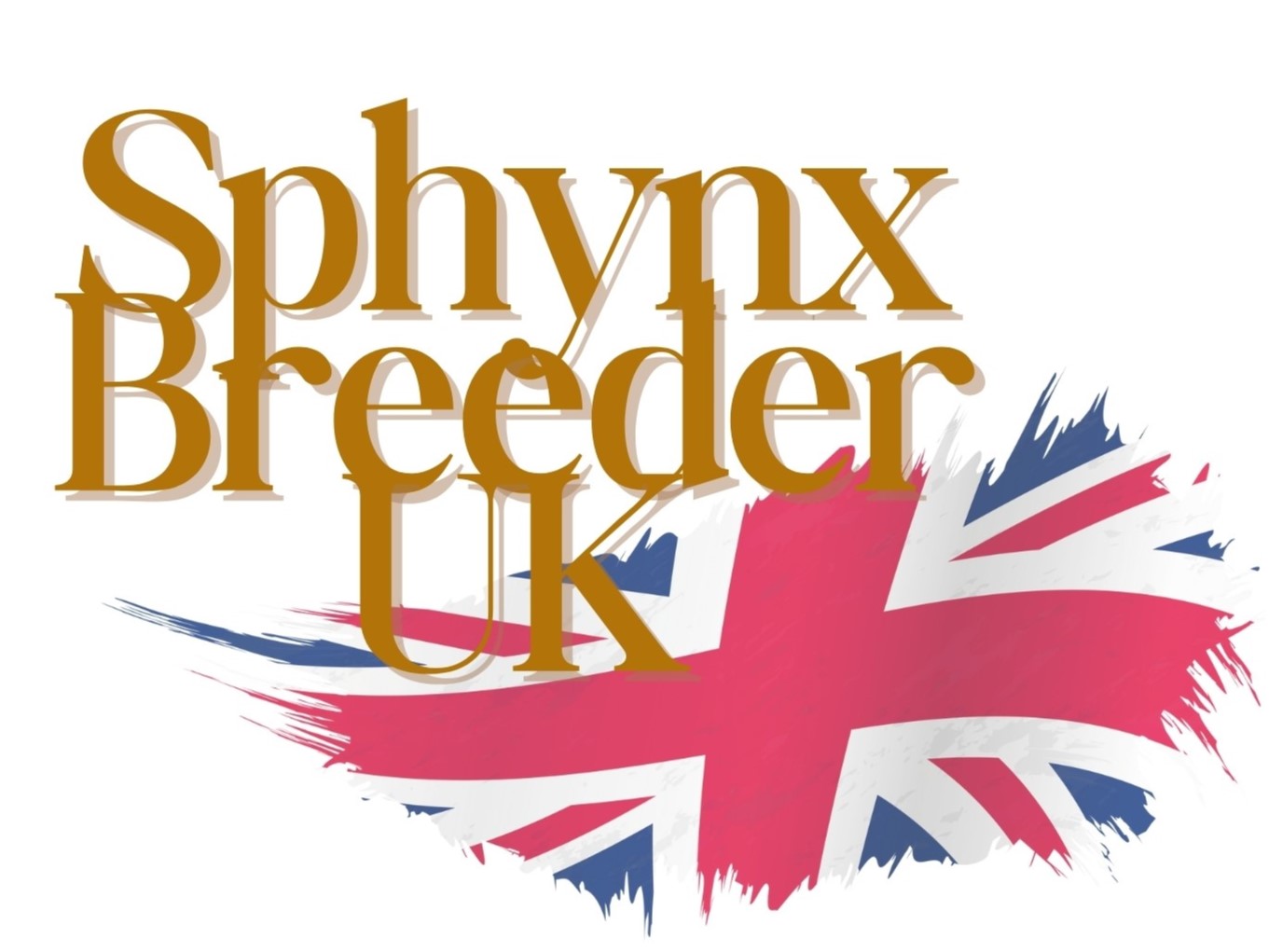Canadian Sphynx History
Although hairless cats have been reported throughout history, the ancestry of the Canadian Sphynx cats we have today can be traced back to Ontario, Canada in 1966 when a black and white cat owned by Mrs Micalwaith, called Elizabeth, gave birth to a litter of domestic shorthair kittens which included a hairless male kitten called Prune.
When Prune was old enough, he was backcrossed to his mother which resulted in a litter of coated and hairless kittens, some of which were exported to Europe.
In 1978, cat breeder Shirley Smith found three hairless kittens on the streets of her neighborhood. In 1983, she sent two of them to Dr. Hugo Hernandez in the Netherlands to breed the two kittens, named Punkie and Paloma, to a white Devon Rex named Curare van Jetrophin. The resulting litter produced five kittens: two males from this litter (Q. Ramses and Q. Ra) were used, along with Punkie’s half-sister, Paloma
Sphynx were first imported from Canada into Holland by breeder Hugo Herenandez, who used two youngsters named Punkie and Paloma to establish an original European line of Sphynx, In the early days, Devon Rex were used for out crossing to expand the gene pool, but this is no longer allowed in the Sphynx Club’s breeding policies.
In 1988, the first sphynx to enter the UK from Holland was a four year old female called Hathor de Calecat (Tulip), bred by Hattie Nathon, who worked closely with Hugo Hernandez. Tulip became a great ambassador for the breed and was put on exhibition at GCCF shows where she gained much admiration from the public. Tulip lived to be over fifteen years old.
These cats, along with other hairless mutations born later, formed the foundation of Sphynx world-wide.

written by Bernadette McLean, Velvetskin Sphynx
